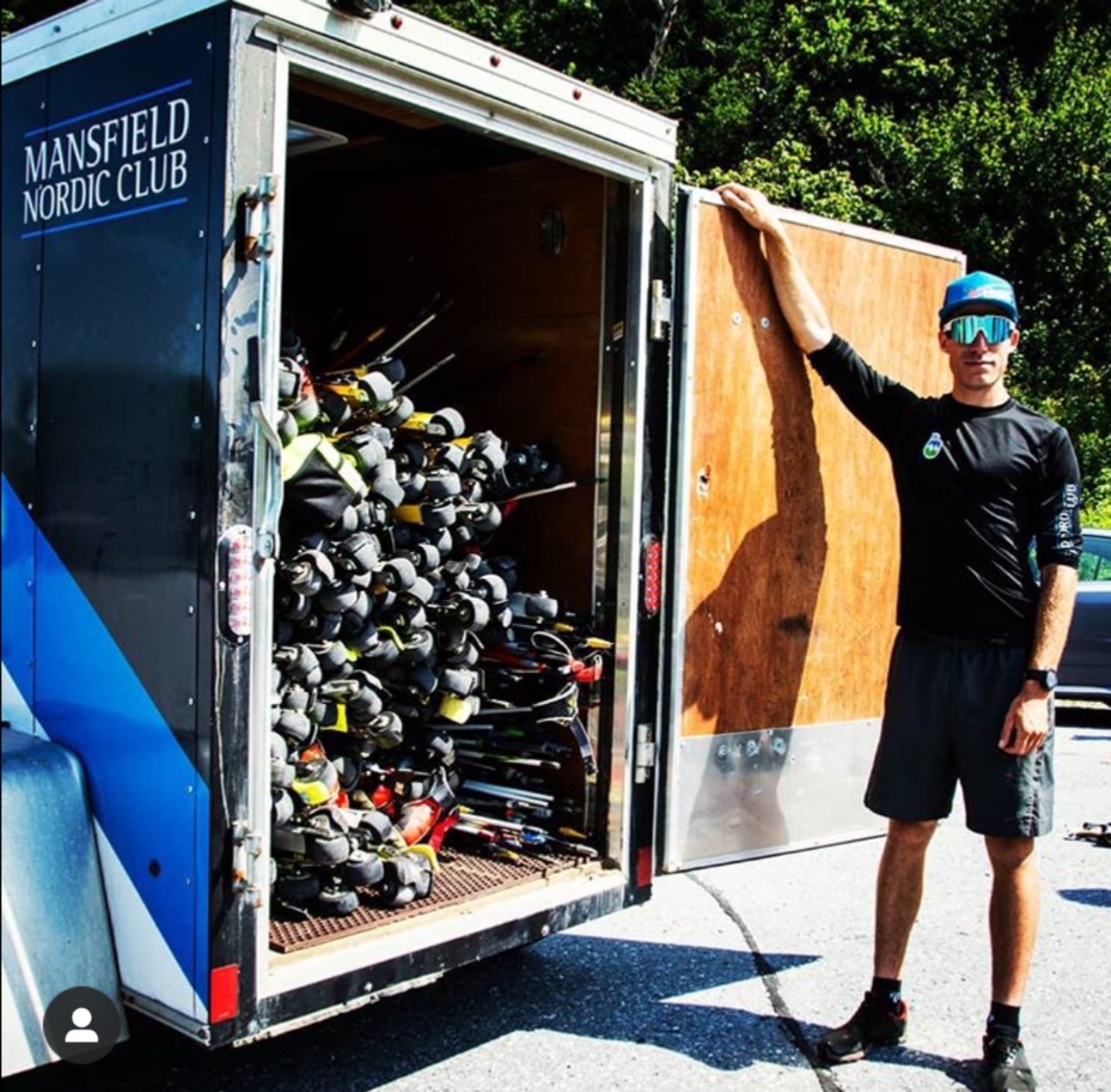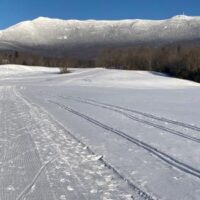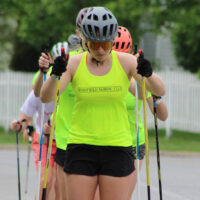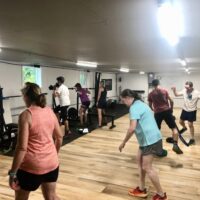Although we may all have personal preferences of when to start rollerskiing (all the way from “I can’t wait to get on the rollers this spring” to “Don’t expect me to ever touch those things”) it is generally accepted that for training purposes, the start of rollerskiing coincides with the start of the “training year” on May 1…or in this case, April 27th in terms of how the calendar dates fall.
Due to the fact that we…
a) lost a chunk of end-of-season racing and regular training and
b) have been restricted in our training by remaining socially-distant and keeping off trails
…I am proposing we unofficially begin the rollerski season a week early.
During a switch of seasons, it’s natural to feel a bit awkward while also noticing some soreness in areas that may not present in one sport or another. How many of us began the running season and had to keep it slow and short at the beginning to ease into the new motions and stresses on the body? The same should go for rollerskiing.
This off-season is where we make a lot of technique progress. This progress most often happens through good repetition and habits…as the US Ski Team coaches are fond of saying, “practice doesn’t make perfect: practice makes permanent”. It we go out and do a long ski before we are ready, we might fall into troublesome movement patterns or not have the strength yet to perform motions with good energy. All of a sudden, we are making weak movements permanent by staying out too long and drilling them into our bodies.
Keep it short and steady, increasing week-by-week. Just like a runner builds up mileage to prevent overuse injuries, rollerskiing should be at least somewhat structured in terms of volume. Starting in the 30-50 minute range for the first 2-3 rollerskis is a great way to ease back into the motions. If you feel like that workout is “not long enough”, you could rollerski for the first part and then switch to running or biking for a bit after the ski. But do not be tempted to go out and treat things like you left off with your last long ski at Craftsbury or Trapps.
Stay safe and be seen. While quarantine has made things a bit less crowded on the roads, that’s no excuse not to wear hi-viz clothing while rollerskiing. Unless you are exclusively on a bike path (and even then it might be helpful for others) please wear reflective clothing or, at the very least, a yellow or orange shirt. I don’t think anyone in our club needs to be reminded to wear a helmet during a rollerski, but I’ll put that here anyway…
Drills are your friend, and your poles are not. Unless you have been really working your upper-body during the month of April (bonus points if you have!) you are likely going to get a bit tired in that area first and foremost. In order to gradually build up that tolerance, while also getting in some great balance and technique work, I recommend starting EVERY skate rollerski with 10-15 minutes of no-pole skiing. Not only does this keep you from over-cooking it right off the bat, it also helps the body learn and re-learn good movement quickly by isolating one part of the ski motion. Check out this somewhat-dated but still-relevant MNC video showing several rollerski drills you can do on your own. Another unintended benefit of quarantine? There are a lot of empty parking lots out there!
For those of us with classic rollerskis, it is never too early to work on double poling, though I might suggest keeping those DP-specific sessions even shorter than a skate session because this is the technique where it can be very easy, especially in the early-season, to break down in the core, hip, and upper-body areas. A progression of drills the Juniors have done for years is what we call the “activation drill”. I would be a wealthy coach if I had a nickel for every lap of Stadium Loop at the Range that has been done by the Juniors as a part of this “activation drill”…it is basically the way we will begin most every rollerski practice, as it is worthwhile both for double pole and V2 technique.
Rollerskiing also comes down to the equipment itself. Make sure your gear is ready to rock! Just like you would check your bike tires before a ride, make sure all nuts and bolts are tightened. I’m a big fan of using Loc-Tite or any other brand of thread-locking fluid which is a few bucks at most hardware stores. It’s a 10-minute task to loosen the nuts holding your wheels on, putting a little Loc-Tite on them, and re-tightening.
Sharp pole tips are pretty useful…you can buy new ones when they get dull, OR you can use a diamond-file to keep them sharp and get a LOT of use out of just one pair!
- You can get ones from Swix or other tuning brands which are technically made for alpine ski edges. These are sold at Skirack in the alpine tuning section on the lower floor near the bike service desk.
- You can purchase tool-sharpening diamond files from hardware stores (this yellow Smith one is the model I have, and I like it because it’s a bit larger AND yellow, which means I’m less-likely to lose it or leave it somewhere on the side of the road or trail).
If you have composite rollerskis (made of a mix of materials and cap construction) like Marwe 620 or Swenor Fibreglass, check the wear on the materials. When using these types of skis try as best you can to keep them clean or at least wiped-off if you’re skiing through terrain that’s got dirt, sand, salt, etc…
Lastly: remember that MNC members get 30% off Swenor rollerskis at www.enjoywinter.com with the code “MNC1920” at checkout! Swenor skis can also be found at Skirack right in downtown Burlington! Other good sources for rollerskis at reasonable prices:
RollerskiShop.com/Pursuit Rollerskis
Pioneer Midwest/Hjul Rollerskis

Got skis? App Gap 2019 by Pennie Rand




Comments are closed.